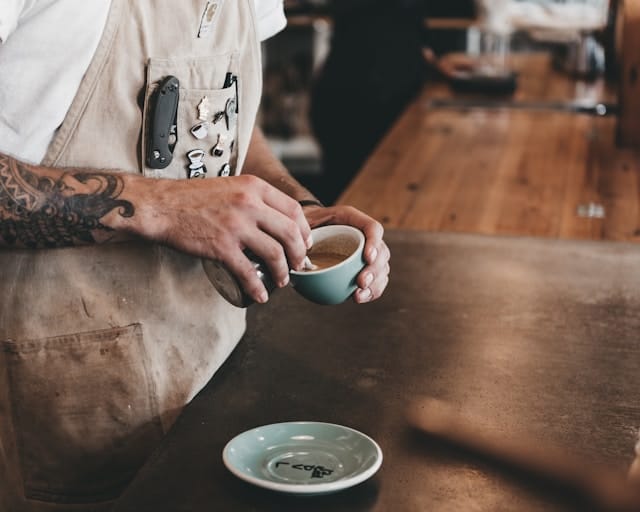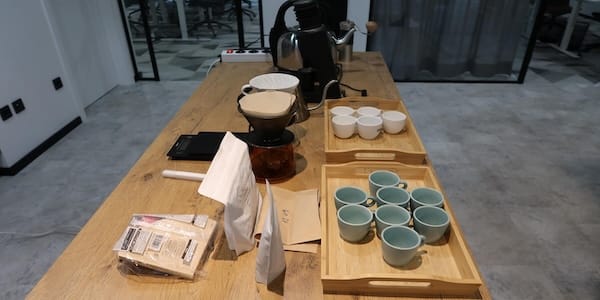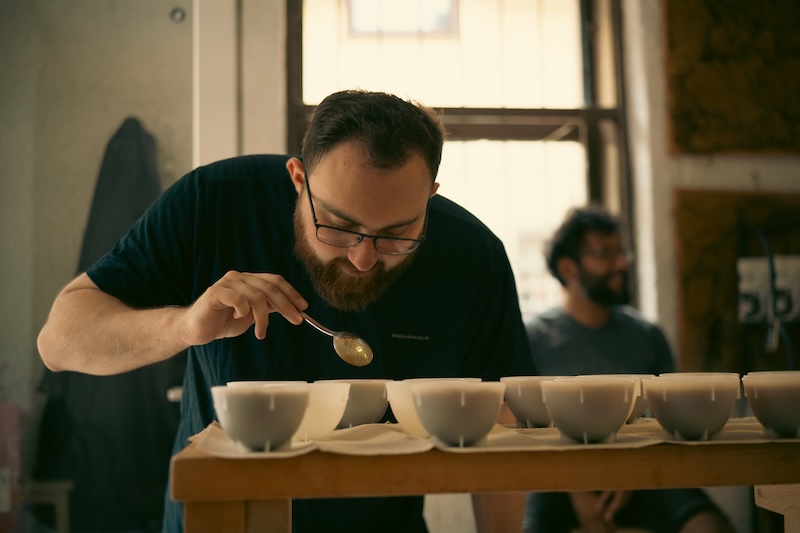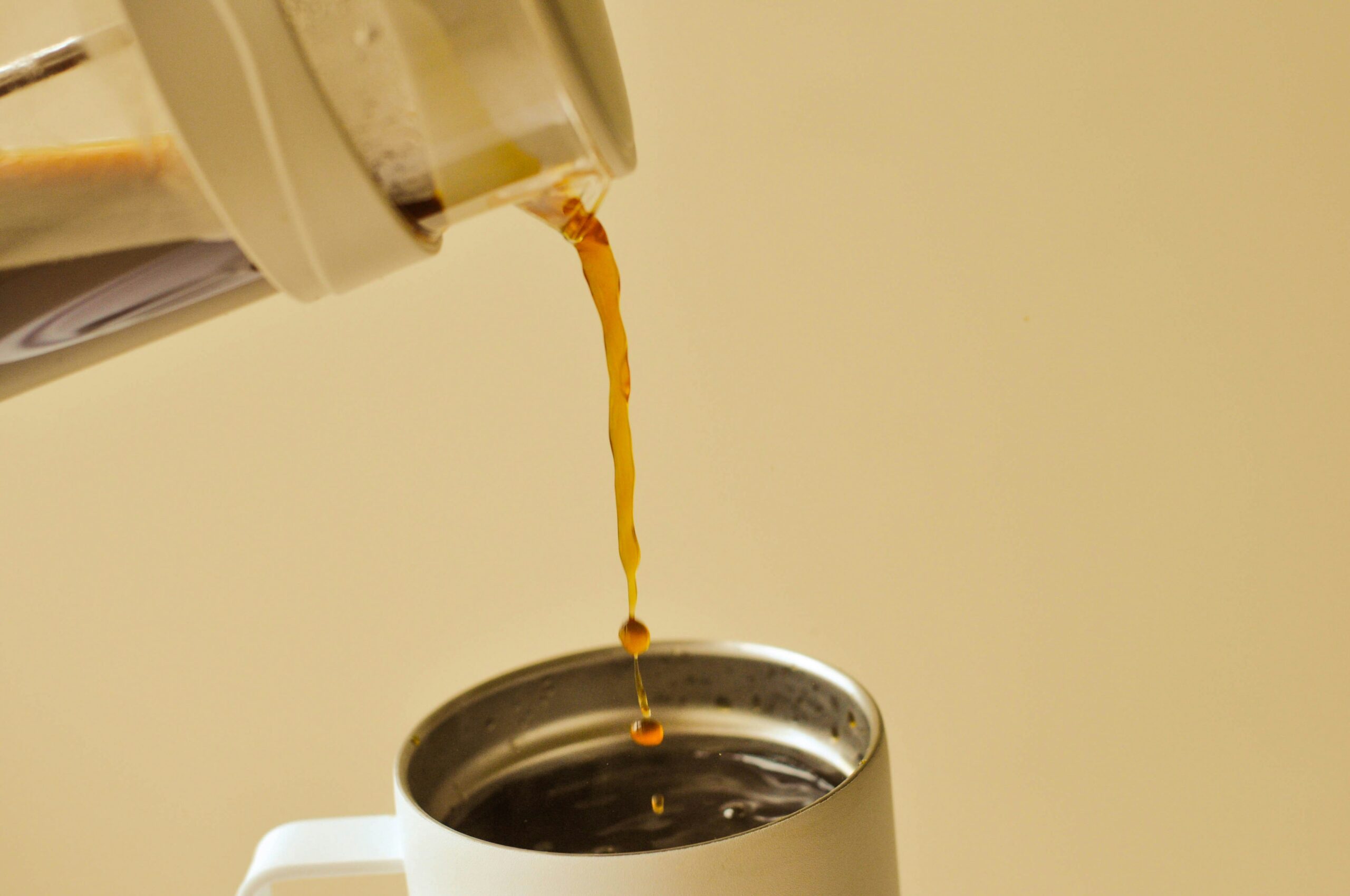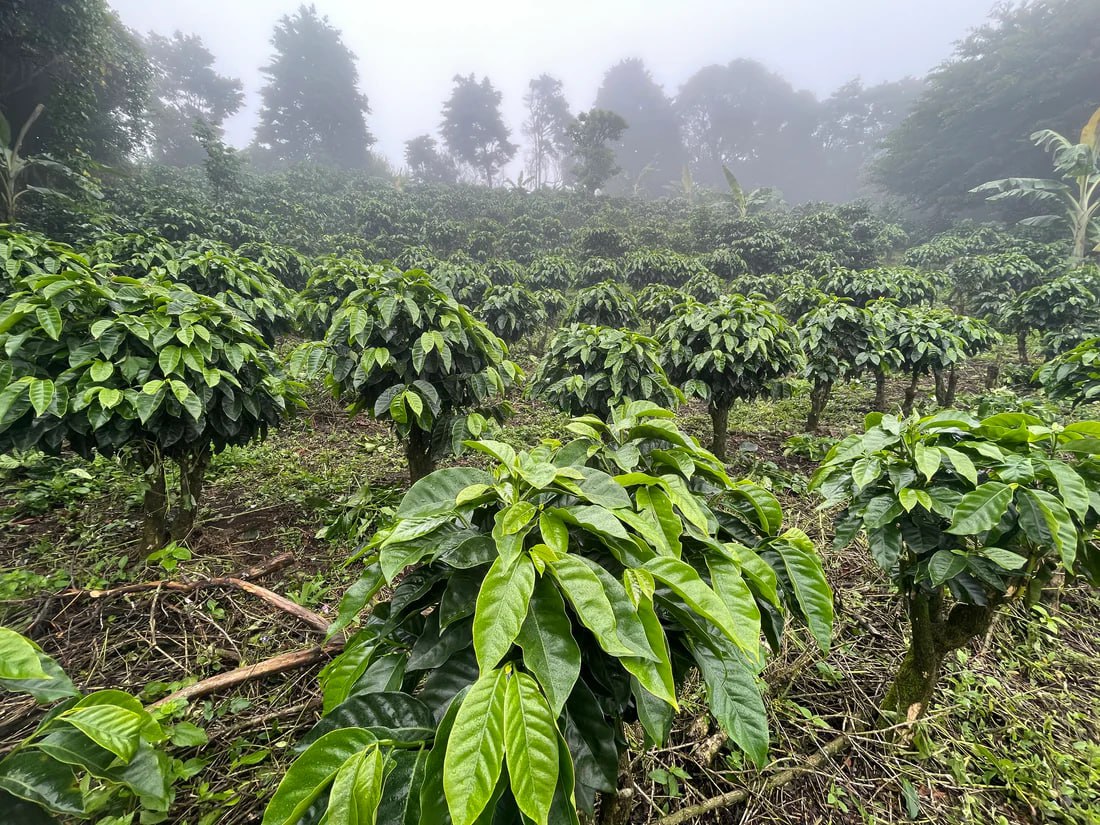ALL POSTS
ALL POSTS
Basic Guide to Coffee
5 min read
Last edit: Jul 9, 2025
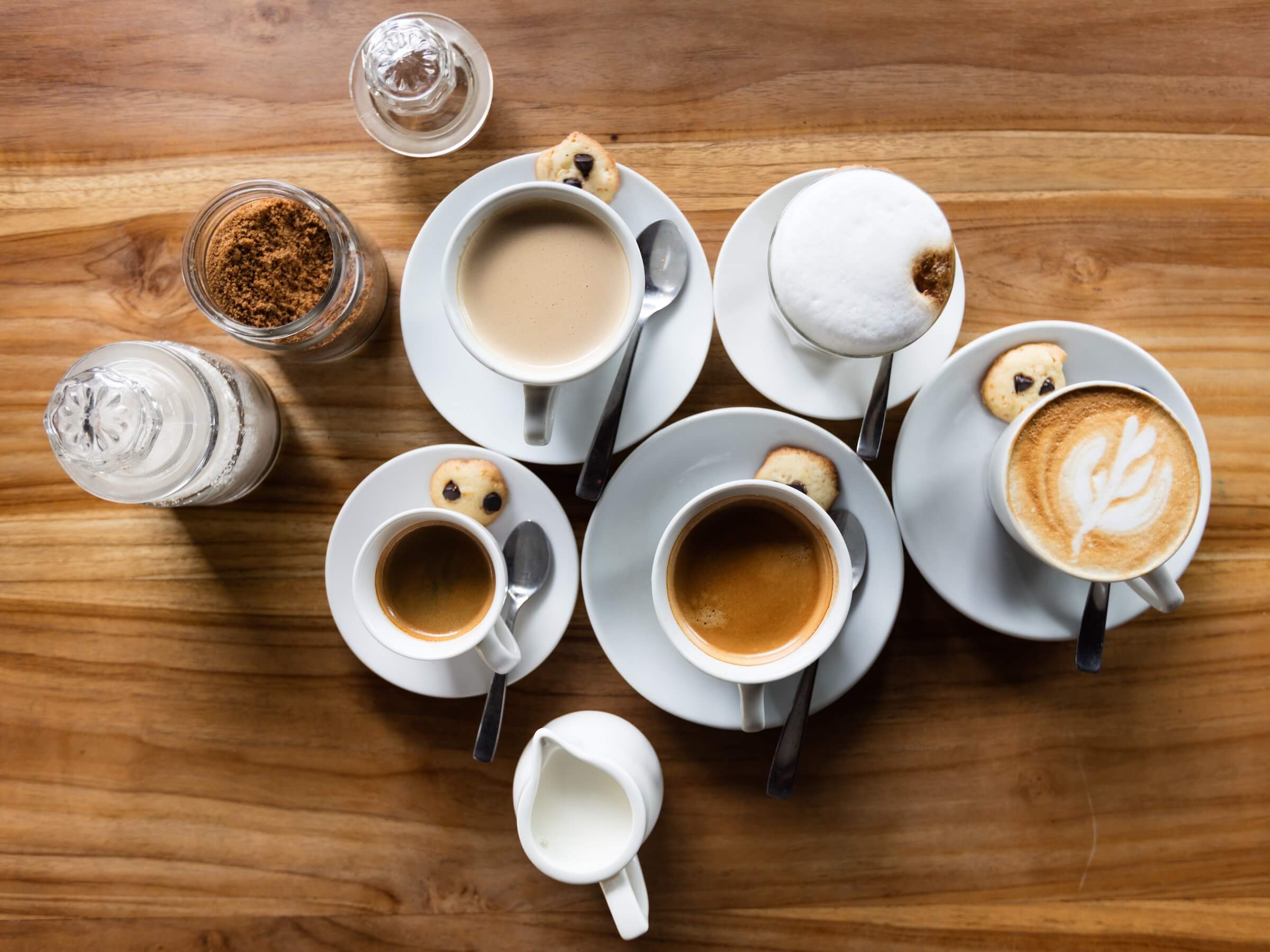
Perhaps you have been drinking coffee for many years, or perhaps you have just begun to get acquainted with this wonderful drink. In any case, you may want to learn about coffee at some stage of consumption. You can literally talk endlessly about coffee, but you can get lost in this flow of information if you don’t start with coffee basics.
It’s funny that sometimes a coffee drinker with 30 years of experience may not even know what a coffee tree looks like, let alone the finer nuances of coffee. So, let’s walk through the essentials. We’ll discover what influences the taste of coffee, explore various types of coffee beverages, and learn how to choose the best coffee for beginners. Let this article serve as a brief coffee guide so that you can learn the most coffee basics quickly in the shortest amount of time!
Why is it important to understand coffee?
There is a huge variety of tastes and aromas in the world of coffee; if you are well-versed in this theory, then you can always choose the perfect drink for every day or for your specific mood. There are a huge number of brewing methods that can be combined and mixed in completely different ways and get quite interesting results.
If you have a good understanding of the basics of coffee making, you are likely to get the most enjoyment and inspiration from the process. Understanding these processes will allow you to enjoy quality coffee not only in good coffee shops but even at home since you will be able to choose good beans and the right roast and thus prepare yourself exactly what you expect for yourself. It’s a creative and multifaceted activity that lets you dive into pleasure not just from consuming coffee but also from its preparation, bean selection, and even keeping up with coffee trends.
A very brief history of coffee: the coffee waves
You can talk for a long time about how coffee was discovered and how it came from Ethiopia to Europe, but for now, let’s focus on a concept known as the “coffee waves.” Since the beginning of the last century, our perception of coffee culture has changed, and each conventional stage of this evolution has received its name as a certain coffee wave. Now, we will briefly look at each of them:
First Wave of Coffee: In the 1920s, coffee production and consumption surged. Major mass-market brands emerged, offering convenient instant coffee. Coffee became a daily staple for many. It has become much more accessible to the population but, at the same time, of lower quality. Due to additional prices, the quality of the beans and roasting suffered.
Second Wave of Coffee: In the 1960s, people began to pay more attention to coffee quality. Brands like Starbucks started controlling the quality of their beverages and implementing modern roasting techniques. This era marked the beginnings of contemporary coffee culture, with coffee becoming a more refined beverage and coffee shops and stores opening in masse.
Third Wave of Coffee: From the late 20th century to the present, people have been dedicating greater attention to coffee quality at every stage of production, known as “specialty coffee.” Coffee is now considered an art form, with roasting and preparation methods aimed at maximizing and combining all the beneficial properties of the grain.
Fourth Wave of Coffee: People are now emphasizing fairness to farmers and the environment when it comes to coffee production. This wave prioritizes fair trade and eco-friendly coffee cultivation methods.
Two types of coffee
The most fundamental aspect to know about coffee is that there are two primary types of coffee beans: Arabica and Robusta. The taste, aroma, and price of the product depend on the type of coffee bean. In fact, there are more than a hundred species beyond these two, but they only make up about 2% of world coffee production, and Arabica and Robusta are grown commercially.
Robusta beans contain roughly twice as much caffeine as Arabica beans. They differ in various characteristics, but initially, remember that Arabica’s higher quality often results in a higher cost of beans. Robusta grows at elevations below 600 meters above sea level and has a more bitter taste and simpler aromas, whereas Arabica, grown above 600 meters, boasts a richer taste, aroma, and higher acidity due to a more extended growth period.
The origin of coffee beans also impacts their flavor characteristics. Latin America is associated with chocolatey and nutty Arabica flavors. Fruity and floral notes are often found in African Arabica. Pacific and Asian regions are known for earthy, spiced, and herbal coffees from Arabica and Robusta beans.
Understanding how the type of bean and its growing elevation influence coffee flavor will be handy when choosing coffee for home. Most coffee lovers overlook this information on product packaging, but this knowledge will give you greater flexibility in selecting the coffee that suits your current needs.
Types of coffee beverages
There are dozens of coffee beverages, and here are some of the main ones:
Espresso: A strong and concentrated coffee, the base for many other coffee drinks with added components.
Americano: Espresso diluted with water.
Long Black: Water with added espresso.
Macchiato: Espresso with a dollop of frothy milk.
Cappuccino: Espresso mixed with milk and topped with milk froth.
Latte: Espresso combined with milk.
Flat White: Espresso with a lower milk content and less froth.
Mocha: Coffee, milk, and chocolate.
Conclusion
Making coffee at home is an exciting and enjoyable activity when you know the coffee basics. You can buy different types of beans and try to catch this difference between them, guess the taste notes, and think about why this particular aroma appeared in this coffee. You can always try a new brewing method. In any case, there is a lot of room for experimentation and creativity. The most important thing is to enjoy this process, and everything will turn out just fine! We hope the knowledge gained from this coffee guide will help you and enhance your experience.
Would you like to learn more about other coffee roasters in Slovenia? Here are the guides.



